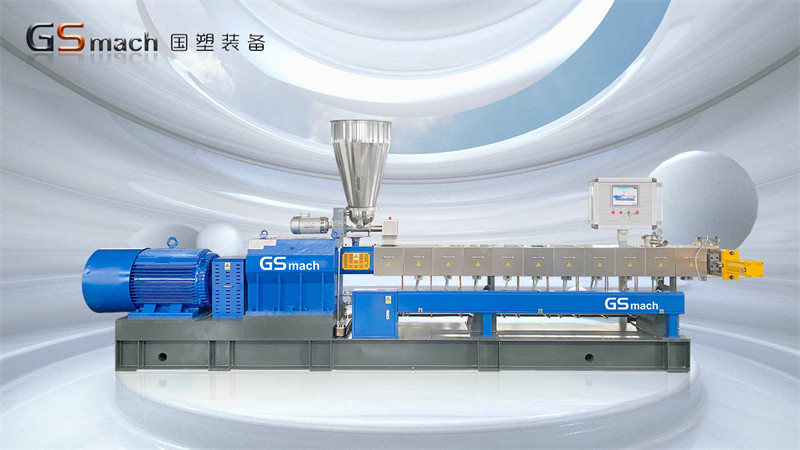How to choose the model of twin screw extruder?
In today's rapidly developing plastics processing industry, twin-screw extruder has become one of the indispensable equipment. However, a variety of models on the market is dazzling, how to choose the right one for you?
Firstly, let's introduce a few common models: GS20, GS35, GS50, GS65, GS75 and GS95, which represent the specifications and performance of the extruder and focus on different materials and applications.
The GS20 model is suitable for small batch production and R&D trials and has a small output and discharge capacity. It is suitable for processing some special high-temperature, high-viscosity materials, such as special plastics or rubber.
Model GS35 is suitable for small and medium-sized enterprises and small batch production, with relatively high output and discharge capacity. It is suitable for processing some common medium-viscosity materials, such as polypropylene and polyvinyl chloride.
GS50 model is suitable for medium scale production with higher processing capacity and discharging capacity. It is suitable for processing all kinds of medium-viscosity materials, such as ABS, PET and so on.
Model GS65 is suitable for large-scale production with higher throughput and discharge capacity. Suitable for processing most of medium and high viscosity plastic materials, such as polycarbonate, polyamide, etc.
The GS75 model is suitable for extra large-scale production, with very high output and discharge capacity. Suitable for processing a wide range of low, medium and high viscosity plastic materials, including polyester, polyamide, polyethylene, etc.
The GS95 model is suitable for ultra-large scale production, with the highest output and discharge capacity, and is one of the most advanced extruder models on the market today. It is suitable for processing plastic materials of all viscosities, including high temperature and high viscosity engineering plastics.
Therefore, choosing the right twin-screw extruder model for you needs to be decided according to the required output, processed materials and processing requirements. It is recommended to know your production scale, product requirements and expected return on investment before purchase to ensure that you choose the most suitable extruder model for you.
In addition to the above mentioned model selection, but also need to pay attention to some other factors, such as equipment stability, energy consumption, maintenance and so on. Because these are also key factors affecting production efficiency and quality.
When choosing the model of twin-screw extruder, we need to do fine thinking and consider various factors comprehensively. By choosing the right model, you will be able to complete the production of plastic products efficiently and stably and achieve greater business success.
Choose the right model of twin-screw extruder for you, so as to provide a solid foundation for your production and realise a broader space for development!
